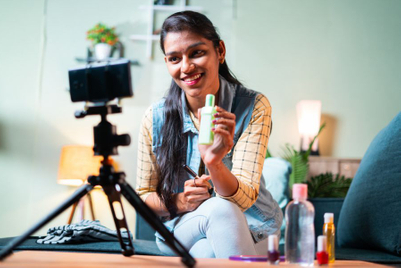
On-demand capability is driving more brands in Southeast Asia to invest at least 30% of their marketing budgets into influencer marketing, according to a new report.
The Southeast Asia Influencer Marketing Industry Report 2022 by crowd influencer marketing and commerce platform Partipost, surveyed over a thousand brands and marketers across Singapore, Indonesia, and Taiwan.

When it comes to influencer tiers, the report found that nano Influencers (46%) have the highest impact on consumers in regards to buying decisions. The other tiers of influencers are celebrities (20.6%), macro influencers (17.7%), and micro influencers (15.7%).
As nano influencers usually come from consumer’s circle of family and friends, they are more able to impact buying decisions, and can help brands achieve their objectives. This opens up a massive opportunity for brands to leverage nano influencers for stronger engagement and better results.
With COVID-19 accelerating the shift to digital marketing, the results show that brands are growing ever more aware of the effectiveness of influencer marketing to raise awareness and drive conversions, and are expected to allocate more budget to work with influencers.

The frequency of which brands run influencer campaigns has also increased. It takes time to make a sale. Even the most well-engaged influencers find it hard to impact purchase decisions with just one review. Brands do realise this, and are increasing the frequency of always-on campaigns with multiple influencers at once. While a majority of brands still run influencer marketing on a campaign basis to generate buzz, more brands are planning always-on influencer campaigns to create a longtail of SOV, launching new campaigns on a monthly or bi-monthly basis.
Other key takeaways from the report found:
- 93% of consumers need to see a product at least twice before making a purchase
- 87% of internet users in the region spend at least two hours per day on social media
- 30% of social media users prefer to see review type of content
Overall, the report found that influencer marketing allows brands to build their online presence and show up frequently. Doing so makes their products a top-of-mind choice for consumers.




.jpg&h=334&w=500&q=100&v=20250320&c=1)

.jpg&h=334&w=500&q=100&v=20250320&c=1)


.jpg&h=334&w=500&q=100&v=20250320&c=1)

.png&h=334&w=500&q=100&v=20250320&c=1)







